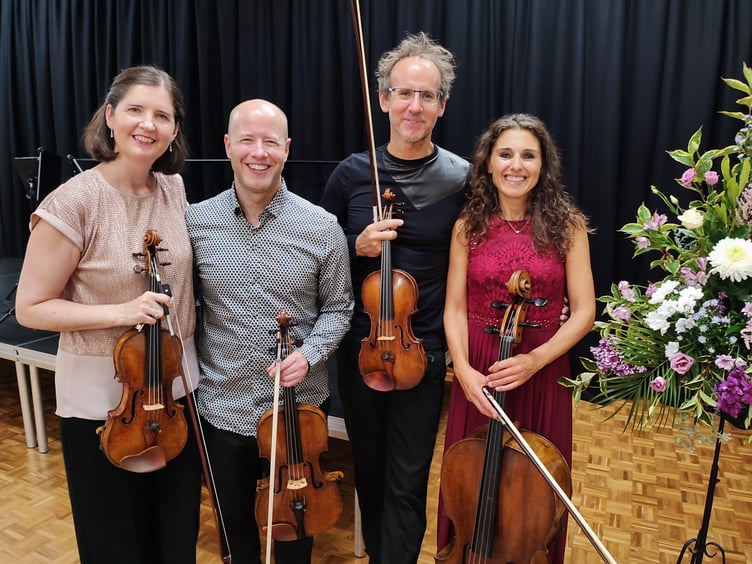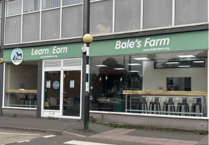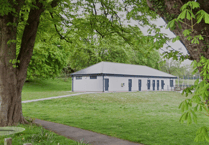The internationally famous Carducci Quartet stepped in at short notice for the opening of Nadsa concerts season last Friday (September 19). But how would this super-famous group perform for us in Newton Abbot? In a word, brilliantly!
Beyond their charismatic stage presence and technical ability, their music reigned supreme. And then there was their programme: a mixture through simple pleasures, innovation, to extreme emotion and sophistication.
Matthew Denton, lead violin, gave us a brief context introduction for Schubert’s Quartet No 10. It was written when Schubert was 16, for his family to play, and includes Viennese humour - donkey calls. Certainly, there was nothing to offend here, and whilst not plumbing the depths of emotional angst, we had much diversity holding our interest and melodic lines galore.
Matthew related that Fanny Mendelssohn’s String Quartet dated from 1834, but was published only in 1988, - a measure of how unfashionable it was for women to compose or perform. However, since she was prepared to innovate, she influenced her brother, Felix.
The first movement, unconventionally an Adagio, demonstrated this point, becoming complex and emotional. The second movement, an Allegretto, starting jauntily, later morphed into intense drama. The final movement commenced emphatically and progressed frenetically. Momentarily, I wondered whether I would have guessed we were experiencing music from the Romantic period, had the intervening third movement not been titled ‘Romanze’? Unquestionably, yes!
In the preamble to Shostakovich, we were reminded how he had walked the tight-rope of fear in the Stalinist regime. Matthew recounted an anecdote. Shostakovich was accused of writing 73% of his compositions in a minor key.
Of course, written in 1944, the second Quartet is very much a wartime composition. On hearing the first movement’s intensity, dissonances and the re-appearances of phrases, I was wreaked with angst. The second movement had elements of a pensive lament with intensity that grew and exhibited Jewish musical characteristics.
Then it ebbed, the movement being closed by an unnerving, quiet ‘Amen’. The third movement, titled ‘Valse’, was no ordinary dance. Menacing and haunting, it built to a bizarre frenzy, only to fade into uneasy peace. The final movement, a ‘Theme with Variations’, allowed individual instruments to emerge before the bold finale.
This was a truly staggering performance: very much a piece for our time. The Carducci showed how live performances enhance this great music.
The audience reception was overwhelmingly enthusiastic. Eoin, violist, introduced a commissioned encore, The Lobster, based on Irish Folk Tunes, the original having been performed by The Gloaming. That was something completely different, and a much lighter mood with which to send us home.
The Carducci have the rare attribute of excelling in all aspects of Quartet musical performance. Some of the audience had travelled hundreds of miles to hear them, and no wonder. Worth travelling to the ends of the earth to experience them again!
Jeff Collman and Stephen Samways.





Comments
This article has no comments yet. Be the first to leave a comment.